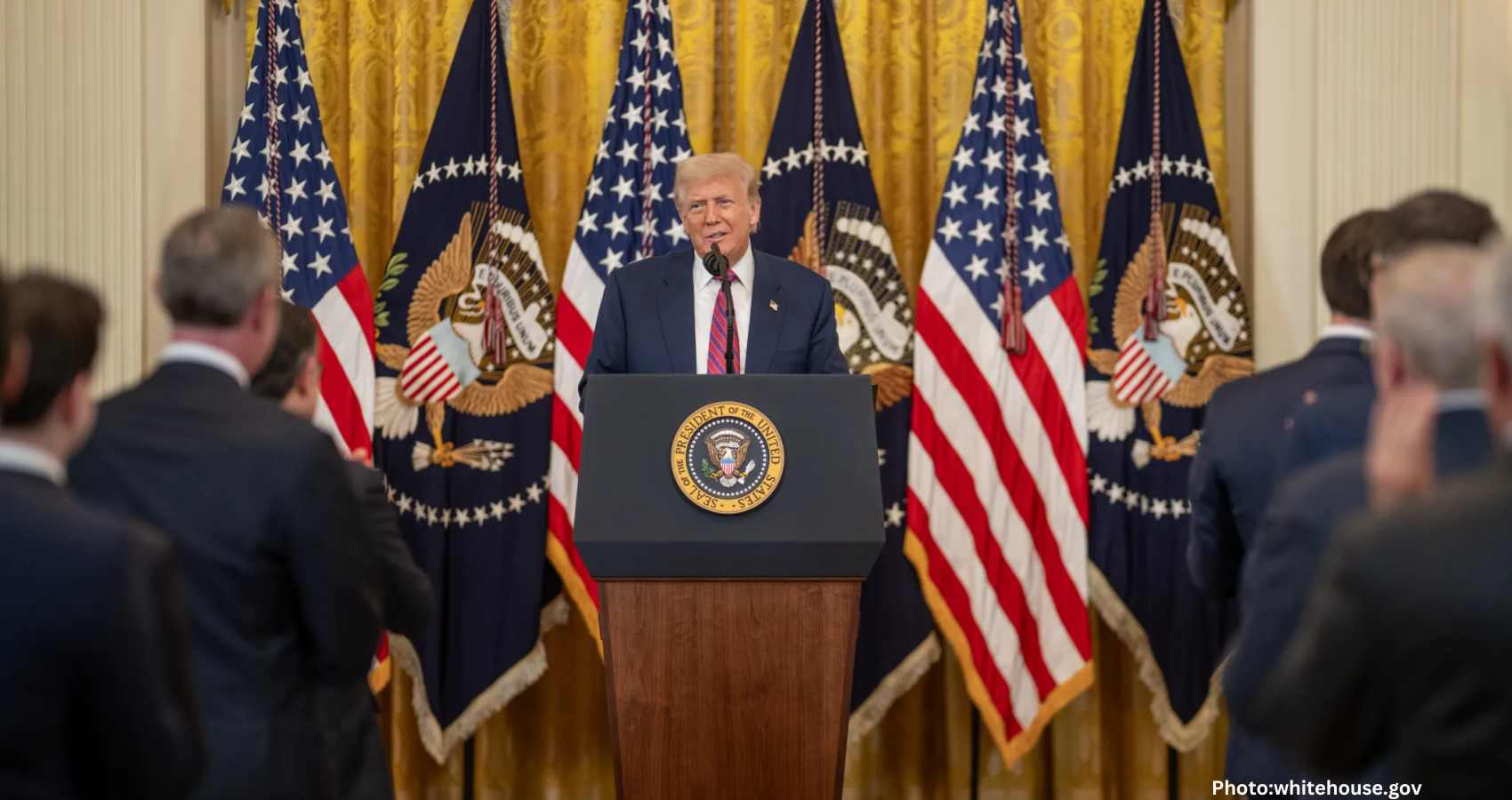President Donald Trump has announced a 25% tariff on imports from India, marking the latest development in his aggressive trade policy during his second term.
President Donald Trump declared on Wednesday that imports from India will be subjected to a new 25% tariff. This decision is the most recent action in his administration’s vigorous trade policies that have increasingly become a focal point of his presidency.
The announcement, made via Trump’s social media platform Truth Social, cited India’s existing tariffs as being “far too high” and criticized their trade restrictions as “strenuous and obnoxious.” Additionally, Trump mentioned penalties targeting India’s reliance on Russian energy and military hardware.
Trump’s declaration arrives just before a crucial trade negotiation deadline on Friday, which he asserted would remain firm without extensions. He has indicated that a plethora of other nations could also experience elevated baseline tariff levels, potentially reaching as high as 20%, which builds on the already heightened 10% tariffs introduced in April.
The potential tariff levels could approach the historic highs that Trump initially proposed on April 2, deemed “Liberation Day,” which had initially unsettled global markets and triggered stock market declines.
Having initially retreated from those threats, President Trump has gradually reinstated elevated tariff measures, reminiscent of levels seen during the 1930s when protectionist trade strategies were employed in a bid to reinvigorate the U.S. economy, albeit with counterproductive outcomes that exacerbated the Great Depression.
According to the Yale University Budget Lab, as of their recent Monday analysis, U.S. consumers face a de facto tariff rate of 18.2%, the highest since 1934. This could result in a household loss equivalent of up to $2,400 by 2025. Notably, these figures were calculated before Trump’s recent tariff announcement on India.
While the 25% tariff on Indian imports is lower than the previously suggested 26% on April 2, it marks a substantial rise from India’s customary average tariff rate of 2.4% on exports to the U.S. In recent years, India has been a critical partner for the U.S., exporting approximately $90 billion in annual goods.
India recently overtook other suppliers as the leading source of smartphones imported into the United States, aligning with Apple’s strategic move to relocate production away from China due to heightened tariffs and geopolitical tensions, as reported by Bloomberg. Apple notably exported $17 billion worth of iPhones from India last year.
Apple CEO Tim Cook noted during the company’s May 1 earnings call that, starting this quarter, the majority of iPhones sold in the U.S. would likely originate from India.
beyond smartphones, the U.S. imports a variety of products from India, including chemicals, plastics, leather goods, agricultural commodities, and metals.
In the previous year, India imposed an average tariff rate of 5.2% on U.S. goods, primarily purchasing oil, cement, stone, glass, and machinery from American markets.
President Trump’s focus on tariffs as a key trade strategy perpetuates a climate of unpredictability within the global economy. Over recent weeks, Trump has unveiled new agreements with several other countries aimed at refining trade conditions with the U.S. Despite the intentions, critics argue these deals are mired in ambiguous details and difficult promises to implement.
However, major stock indices have shown resilience and have continued to rise, partly because some companies observe that the tariffs’ impact may not be as severe as initially anticipated when Trump first introduced his sweeping country-specific tariffs in April.
Nonetheless, the recently negotiated bilateral trade agreements come with tariffs significantly higher than historical norms. These agreements stipulate 19% tariffs on goods from Indonesia and the Philippines, and 15% tariffs on imports from Japan and the European Union.
Furthermore, a new deal with Vietnam imposes tariffs of 20% on its exports, with potential increases to 40% for goods rerouted from China.

